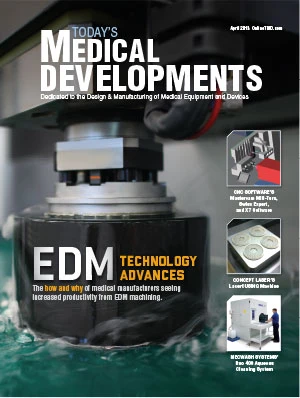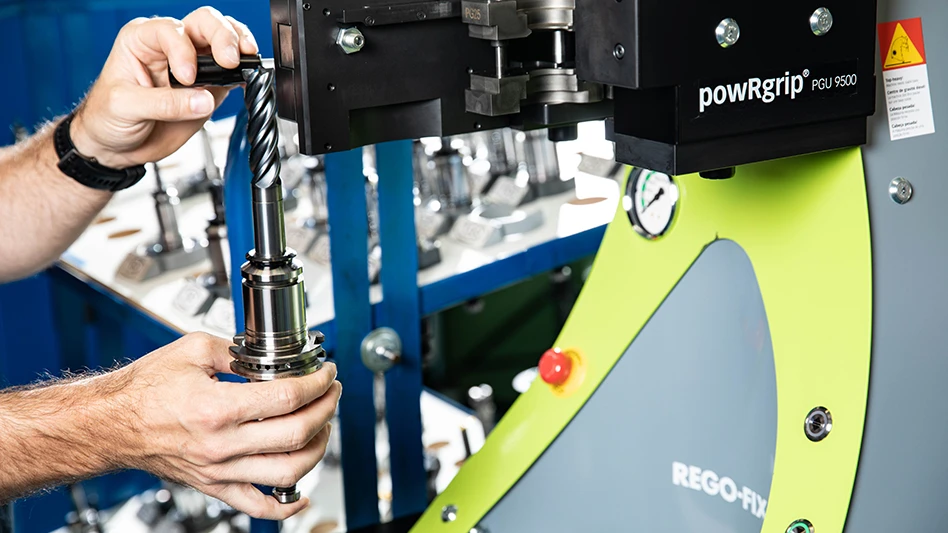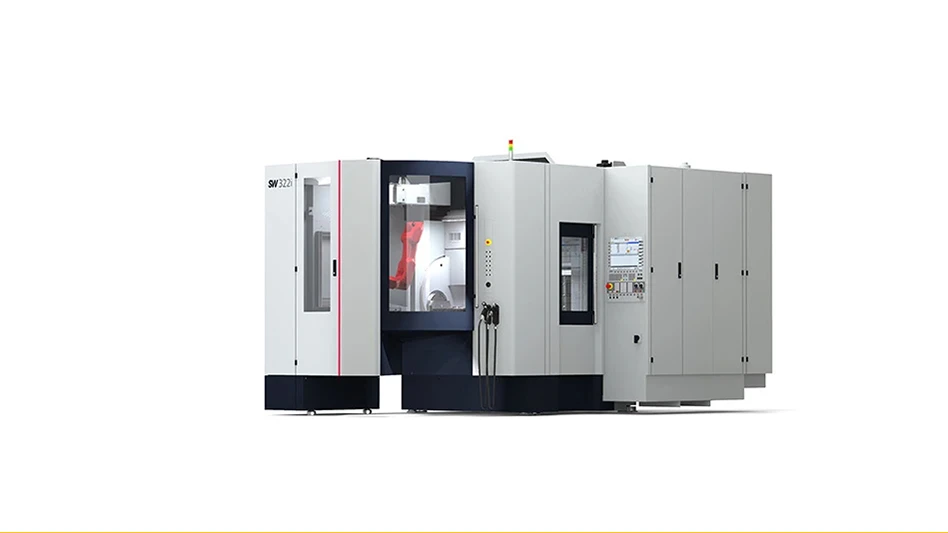 Intraneural electrodes implanted into the nerves of an amputee stimulated the sensory peripheral system, delivering different types of touch feelings. Photo Courtesy: Copyright LIFEHAND Consortium Intraneural electrodes implanted into the nerves of an amputee stimulated the sensory peripheral system, delivering different types of touch feelings. Photo Courtesy: Copyright LIFEHAND Consortium |
For an amputee, replacing a missing limb with a functional prosthetic can alleviate physical or emotional distress and mean a return of vocational ability or cosmetics. Studies show, though, that up to 50% of hand amputees still do not use their prosthesis regularly due to less than ideal functionality, appearance, and controllability.
However, Silvestro Micera, of the École Polytechnique Fédérale de Lausanne (EPFL) in Switzerland, is paving the way for new, smart prosthetics that connect directly to the nervous system. The benefits are more versatile prosthetics with intuitive motor control and realistic sensory feedback; in essence, they could one day return dexterity and the sensation of touch to an amputee.
At the 2013 Annual Meeting of the American Association for the Advancement of Science (AAAS) in Boston, Mass., Micera reports the results of previous work conducted during a four-week clinical trial that improved sensory feedback in amputees by using intraneural electrodes implanted into the median and ulnar nerves. This interface holds great promise because of its ability to create an intimate and natural connection with the nerves, and because it is less invasive than other methods. It also provides fast, intuitive, bi-directional flow of information between the nervous system and the prosthetic, resulting in a more realistic experience and ultimately improved function.
“We could be on the cusp of providing new and more effective clinical solutions to amputees in the next years,” says Micera, who is head of the Translational Neural Engineering Laboratory at EPFL and professor at the Scuola Superiore Sant’Anna, Pisa, Italy.
 Implantable interfaces connect this hand prosthesis to nerves, enabling touch and feel functions for amputees. Implantable interfaces connect this hand prosthesis to nerves, enabling touch and feel functions for amputees. |
Micera and colleagues tested their system by implanting intraneural electrodes into the nerves of an amputee. The electrodes stimulated the sensory peripheral system, delivering different types of touch feelings. Then the researchers analyzed the motor neural signals recorded from the nerves and showed that information related to grasping could indeed be extracted. That information was then used to control a hand prosthesis placed near the subject but not physically attached to the arm of the amputee.
Micera also notes his recent activities have been to improve the efficacy of this approach and that a new clinical trial is starting soon as part of the Italian Ministry of Health’s NEMESIS project, under the clinical supervision of Professor Paolo M. Rossini. This new trial carries the research a step further by connecting the prosthetic hand directly to the patient for the first real-time, bi-directional control using peripheral neural signals. Though results are not yet available, the researchers hope to find still further improvement in the sensory feedback and overall control of the prosthetics with this new method.
Adapted from material from École Polytechnique Fédérale de Lausanne (EPFL)
École Polytechnique Fédérale de Lausanne (EPFL)
Lausanne, Switzerland
www.epfl.ch

Explore the April 2013 Issue
Check out more from this issue and find your next story to read.
Latest from Today's Medical Developments
- Tariffs threaten small business growth, increase costs across industries
- Feed your brain on your lunch break at our upcoming Lunch + Learn!
- Robotics action plan for Europe
- Maximize your First Article Inspection efficiency and accuracy
- UPM Additive rebrands to UPM Advanced
- Master Bond’s LED415DC90Med dual-curable adhesive
- Minalex celebrates 60 years of excellence in miniature aluminum extrusions
- Tormach’s Chip Conveyor Kit for the 1500MX CNC Mill





